A lot of things are said about Mercerized Cotton (also known as Scottish crochet thread), however few know what it really means and what it really is. We can’t talk about the origin of Mercerized Cotton without first talking about cotton, since it is the basis that would later give rise to this name.
Where does this cotton come from?
Cotton has many origins. The most common and economical are usually of Asian origin. They are followed by the higher-quality American cottons and excellent cottons which, due to the length and fineness of the fibres, can be produced in specific places, such as northern Peru and Egypt.
Cotton that produce this type of long, extra-large fibre need very special climatology. Egypt has this type of climate. The Nile River swells at a certain time of year, flooding the land along its riverbanks. When these waters return to their natural course, they leave behind a very fertile rich deposit of fertile black mud called silt (thus the name Kemet or “Black Land”). And there is where Gossypium barbadense cotton seeds are planted.
These seeds, which originally came from Arizona (Sea Island) were subsequently taken to northern Peru, where it was called “PIMA cotton”. In 1867 a Frenchman called Jumel took the seeds of this cotton plant from Peru to Egypt, where it adopted the name of “GIZA”, as it is known today. That is why Egyptian cotton is usually called “Jumel Cotton”.
When can we say that cotton is mercerized?
Only when the cotton fibre has passed through a series of long spinning processes will it be converted into thread. And only those threads which, due to their long and extra-large fibres, have undergone double end twisting, combing and gassing processes, can be mercerized.
The mercerization process was developed by Englishman John Mercer in 1844 (thus its name). It consists of passing the thread -previously prepared as detailed above- through a caustic soda (sodium hydroxide) bath. And then modifying the shape of the cotton fibres and cellulose through strong stretching of the thread.
To get a rough idea of what happens to this fibre when it is mercerised, we must imagine a hose such as that used by firemen without water: it will be completely flat. But if we fill it with water, it will take on a cylindrical appearance. This is how cotton thread appears after mercerisation: SWOLLEN, except that there is no water in its interior, only a vacuum range. This hollow fibre converts it into a great moisture absorber.
What is Mercerized Cotton?
When cotton thread undergoes this mercerisation process we can call it “MERCERIZED COTTON”, since John Mercer was English with strong Scottish roots.
The high fineness of Egyptian cotton fibres, together with mercerisation, guarantees very resistant garments with intense colours and extraordinary lustre (very similar to the sheen of natural silk) while having an exquisite touch in direct contact with the skin.
Garments made from this type of material and fabric are very elastic in themselves, breathable, fresh and elegant. They are a delight for the skin and will provide comfort to the persons who wear and appreciate them.



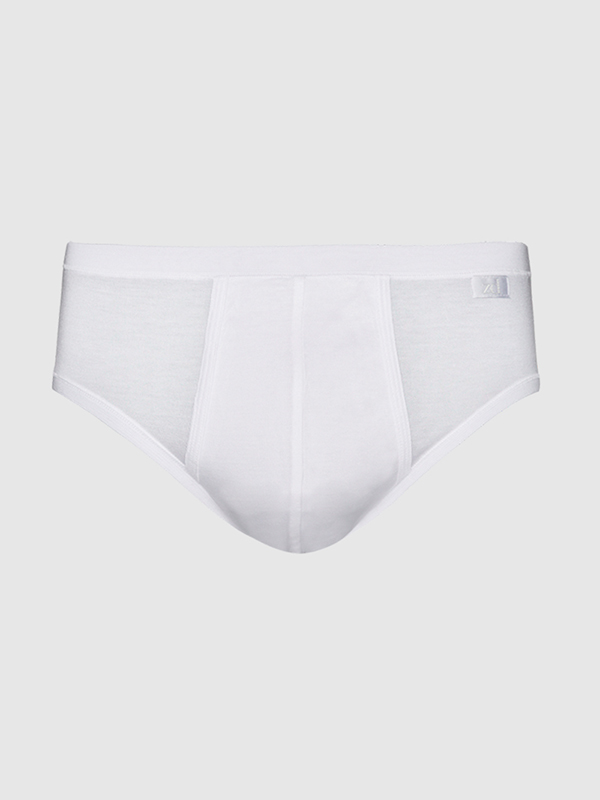
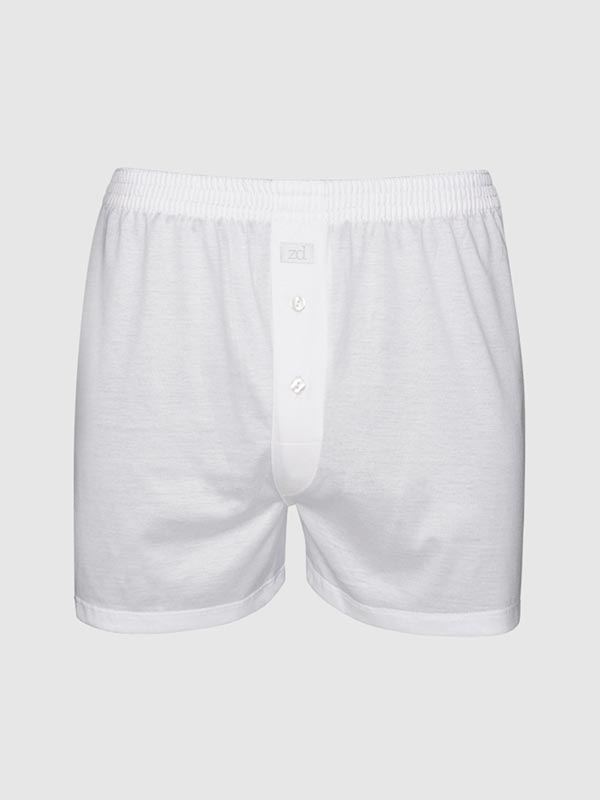
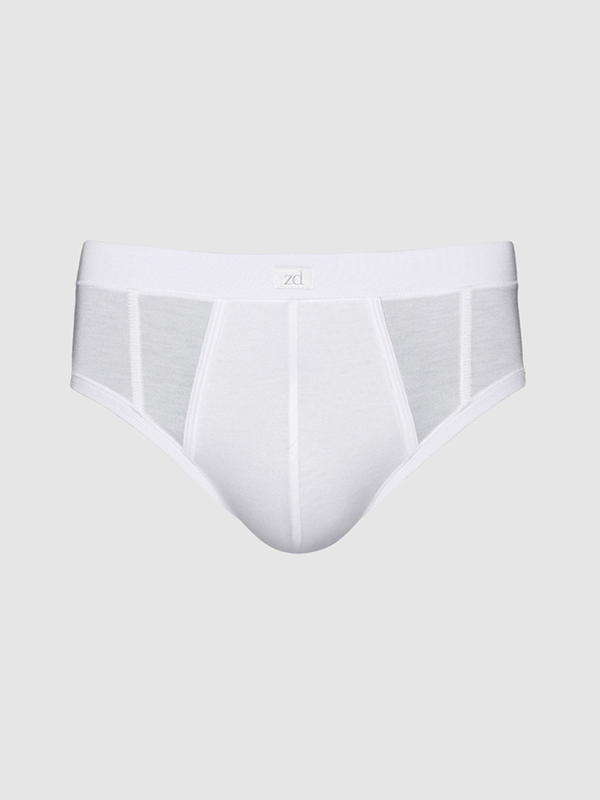
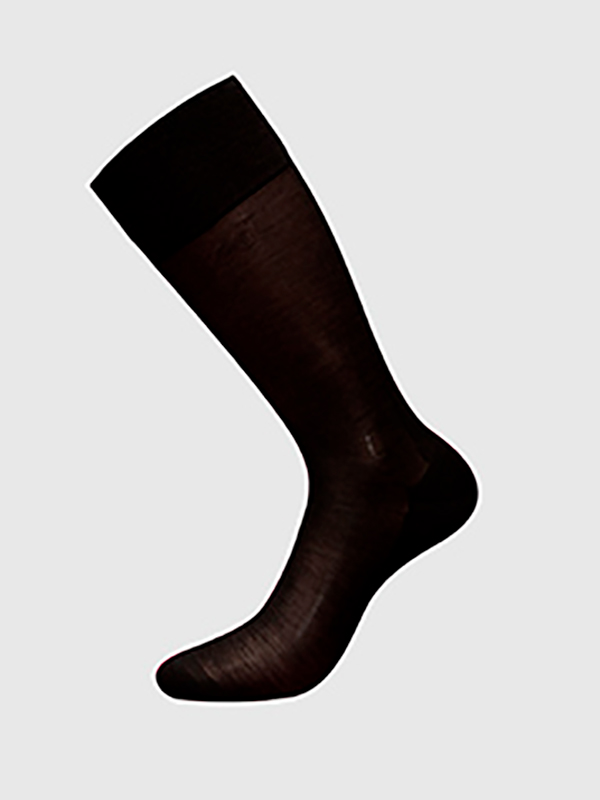
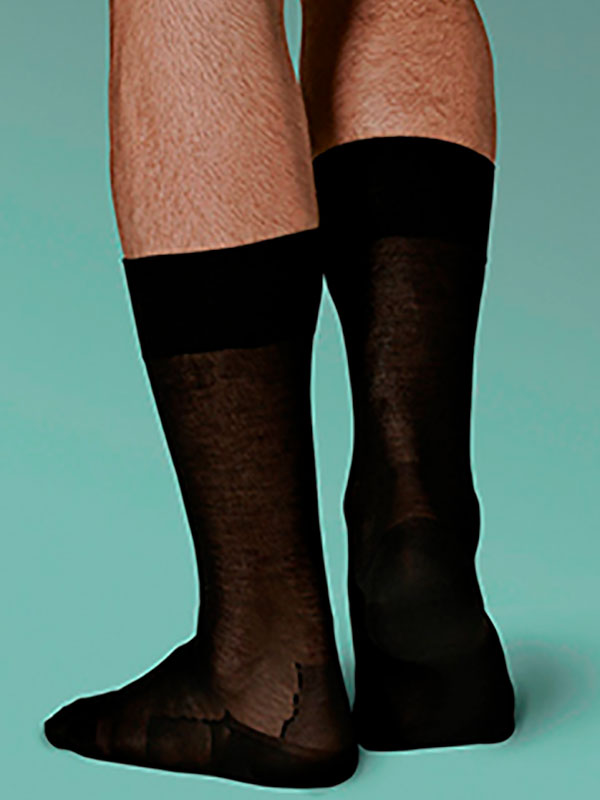
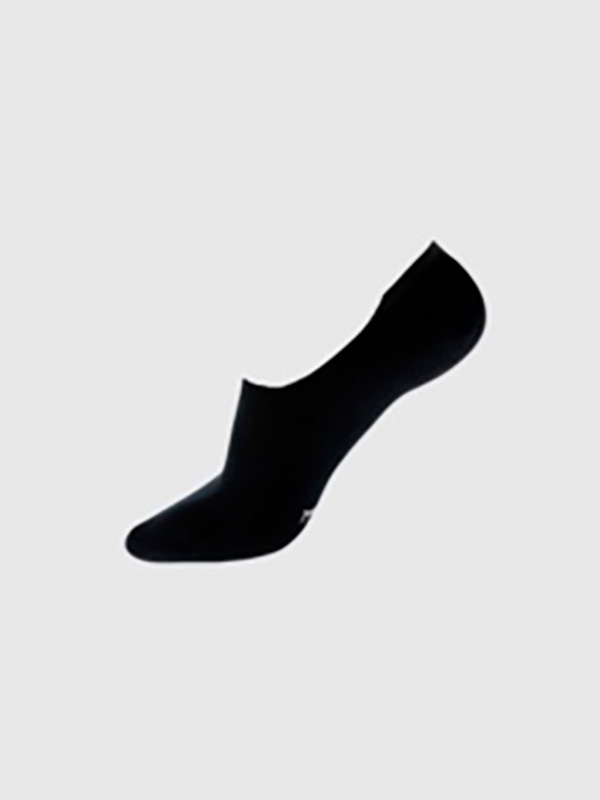


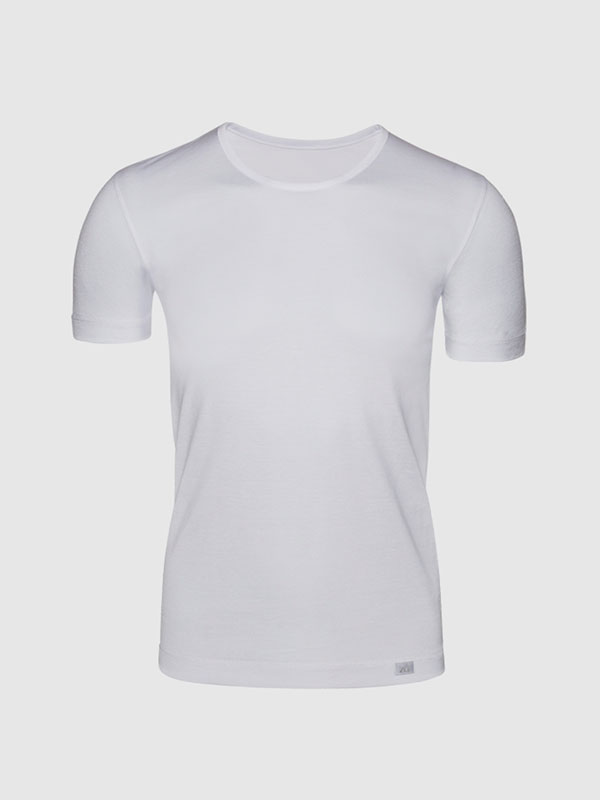




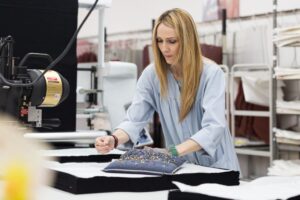

Reader Interactions